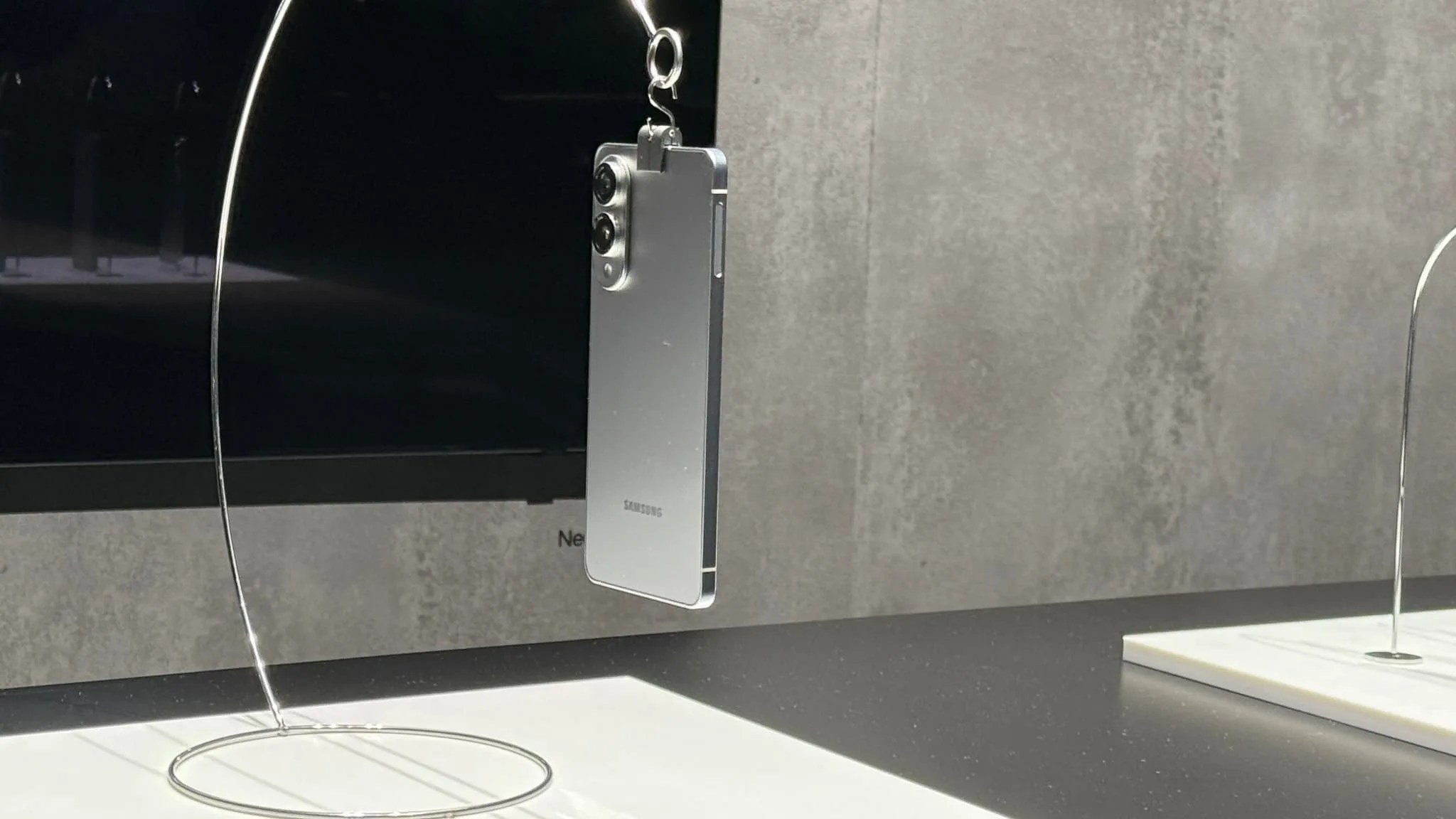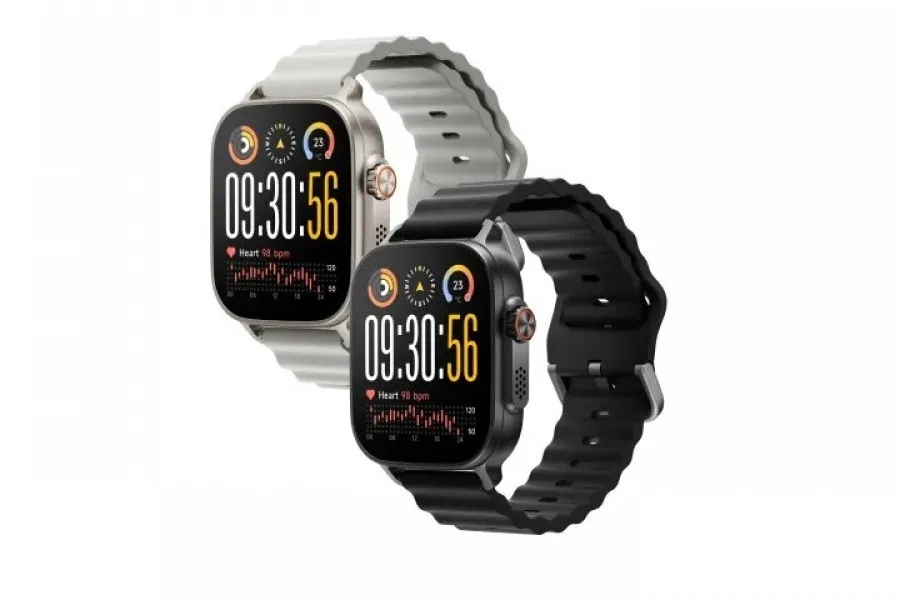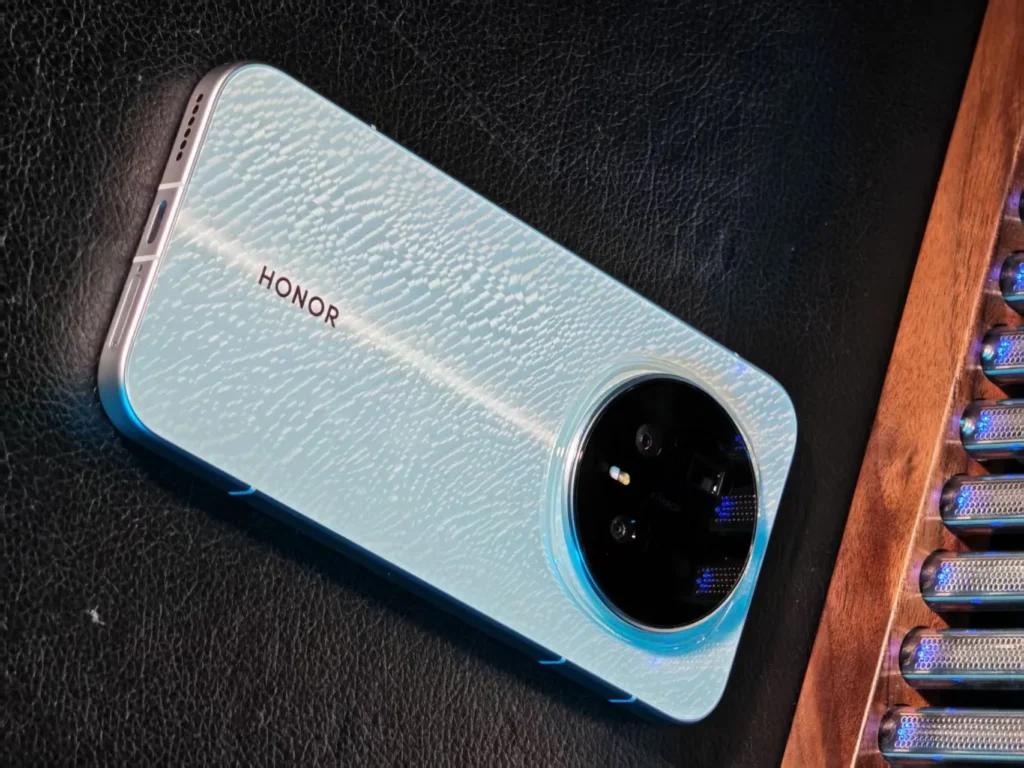The flop of the iPhone Air and Galaxy S25 Edge signals the end of ultra-thin design?
The thinnest smartphones ever created by Samsung and Apple were expected to mark a new era in mobile design. However, the Galaxy S25 Edge and iPhone Air have become commercial disappointments, leading several manufacturers to cancel their own ultra-thin phone projects.
Iphone Air & Galaxy S25 Edge: An Aesthetic Bet That Fails to Attract Buyers
In 2025, both Samsung and Apple aimed for ultra-thin models:
- Galaxy S25 Edge: a flagship with a sleek design but limited battery life.
- iPhone Air: the thinnest phone ever made by Apple, touted for its elegance and lightweight.
Despite initial buzz, sales have been dismal. Consumers seem to prefer more durable and versatile devices, even if they are slightly thicker.
“The iPhone Air has failed to convince both design enthusiasts and users seeking endurance. It’s a product caught between two worlds.”
claims a market analyst quoted by MyDrivers.
Chinese Brands Pull Back
After the announcement of the Galaxy S25 Edge, several Chinese manufacturers hurried to prepare their own “Slim” models. Among them was Tecno Slim, which became the thinnest phone in the world with a curved screen, along with several other brands working on similar designs for 2026.
However, according to a recent leak, one of these projects has been suspended. The Chinese manufacturer reportedly halted development after observing the poor sales of the iPhone Air in the Chinese market. Some Chinese prototypes were set to use silicon batteries to make up for the loss in battery life, but cancellations could multiply if the trend does not reverse.
Samsung Already Bails on ‘Edge’

The Galaxy S25 Edge was supposed to usher in a new generation of “slim” smartphones at Samsung. However, disappointing sales have led to a swift reaction: most sources report that the Galaxy S26 Edge has already been canceled.
The company deemed the concept too risky commercially, preferring to focus on its more popular S26 standard and Ultra models.
Will Apple Abandon the iPhone Air?
Unlikely. Despite modest sales, Apple still believes in its iPhone Air. The brand views this model as a strategic offering—a design-centric and “aspirational” alternative to the rest of its lineup.
Apple has previously kept underperforming models, such as the iPhone mini or iPhone Plus, for several years before retiring them. Thus, the iPhone Air may remain in the catalog for at least two additional generations. However, its future hinges on one key factor: silicon batteries, which are expected to significantly improve battery life without thickening the device.
If this technology does not advance swiftly, the iPhone Air may follow the same trajectory as the Vision Pro: an innovative product that is quickly forgotten.
The Problem with Ultra-Thin Smartphones
Ultra-thin phones may sound appealing on paper, but their technical compromises are hard to accept:
Advantage | Disadvantage |
|---|---|
Ultra sleek design | Reduced battery capacity |
Lightweight | Rapid heating and increased fragility |
Easier to fit in a pocket | Less space for camera sensors or cooling |
“Premium” image | High price without significant functional gain |
In other words, the market is not willing to sacrifice performance for thinness. The failure of the Galaxy S25 Edge and iPhone Air sends a clear message to the entire industry: extreme design is no longer enough to sell a smartphone. Users want more battery life, durability, and intelligence—not a device that is 4 mm thick and runs out of power in half a day.
In short, ultra-thin phones were a nice idea… but the market has already moved on.




